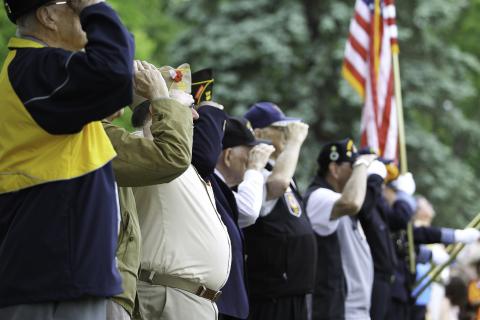Whole-Person Approach to Transition: Tool for Empowerment
Jul 25,2016
Children and youth with special health care needs, especially chronic, medical conditions, are living longer then their life expectancy rate and leading adult lives. Due to the increased life expectancy rates, more youth are entering into the adult health care system. However, with more youth diagnosed with Intellectual and Developmental Disabilities and chronic, medical conditions, youth and their families are faced with many difficult barriers in navigating the vast amount of systems when transitioning into adulthood. In regards to youth with chronic, medical conditions, the focus is the need to implement more transition supports and services that include a biopsychosocial approach to healthcare transition. As this becomes a national movement, states are focusing more on pediatric to adult care transitions. However, there is not one best-practice model that incorporates the medical and social transition together from adolescence into adulthood. The 2016 interdisciplinary team of COPC students studying in the healthcare fields worked to develop an intervention by gathering and assessing best-practice models to transition, interviewed key stakeholders, and partnered with a community-based organization.
The Interdisciplinary, Community Oriented Primary Care (COPC) program at Rutgers Robert Wood Johnson Medical School is designed to provide students from other disciplines in the healthcare field an opportunity to learn about health issues of an underserved population and to work in collaboration to improve community health and lower health costs. As a student of an interdisciplinary team in Social Work, Pharmacy, and Medical education, COPC students addressed the unmet healthcare needs by partnering with a local, community-based organization to learn about the most pressing needs in which the organization serves and to implement a community-based project.
This Whole Person Approach to Transition model can be a starting point for families to utilize to help their children succeed in managing their own healthcare and transitioning into a successful adult life. This model has national significance, due to its comprehensive approach to transition and may have the ability to grow into a national model. With the Family Resource Network, this model will continue to grow and add more depth to the social and medical transition. During the six-week program, time was crucial to conduct interviews, research, and the implementation of the project. Each of the three interdisciplinary students worked individually at one of the organization’s satellite site locations to collect data and research, as well as assist with smaller projects. During the assessment phase, the students interviewed several key stakeholders involved with conveying critical information about youth with special healthcare needs, which included physical, emotional, behavioral, and medical. The interview questions were very similar to the questions used on the National Survey of Children with Special Health Care Needs regarding transition issues.
During my personal experience in the COPC summer program, I have learned that it is imperative to work collaboratively with other disciplines in the healthcare field. It is important to learn from each profession and to work towards an established goal to effectively create systematic change in the community and help underserved populations. I learned that children and youth with chronic health needs are living longer due to today’s innovative technology and science. More children and youth are able to live long, healthy and productive lives as an adult, and the need for trained physicians to better care for those children that have transitioned into the adult health care system. I have also learned that there are many differences in the needs of individuals with special needs and chronic conditions. In order to create the poster that could be accessible to all, I needed to understand each perspective from multiple angles. I learned how difficult it can be to incorporate different pathways of life into a model and to interconnect all areas of the social, physical, behavioral, and medical fields to produce positive health outcomes.
Before entering this program, I had little knowledge about individuals with special needs and chronic conditions. The greatest example that impacted me the most was learning from the individuals and families themselves on the issues that they face. For example, the students and I interviewed a young, college-aged girl that has epilepsy and her path into adulthood. We learned about her struggles socially, emotionally, and behaviorally, as well as the difficulties in navigating the adult healthcare system. This experience exposed me to a general knowledge that each individuals’ path is different, and the struggles that individuals’ with a chronic medical condition have in trying to figure out how to manage their life and navigate through the complexities of the healthcare system.
Lastly, the benefits I have gained from this program will impact my career goals and personal life. As the camp director for a local, nonprofit organizations, I am able to see from a different perspective when working with children and youth with special needs. I feel that I have a better understanding on the challenges they face daily, and I am able to understand and assist in greater capacity due to this experience.






